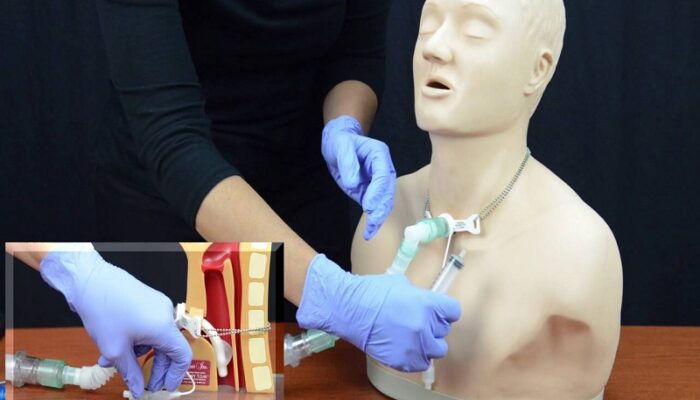
Air leak testing services support countless industries and companies worldwide, but a lot of business leaders don’t keep up with the latest trends and innovations occurring within the leak testing sector.
One new type of leak testing is referred to as occlusion leak testing, and it’s a relatively new way to test all sorts of different products. The Occlusion leak test salt lake city ut experts at Z-Axis have teamed up with us at Sardauna Magazine to develop this article oriented around the fundamentals of occlusion leak testing.
So if you or your business requires leak testing services, check out the below sections to learn the basics of this cutting-edge technology!
What Exactly is an Occlusion Leak Test?
Occlusion leak tests are capable of accurately measuring the overall passage of air throughout an object, which helps people to recognize whether or not an object’s passageways are blocked, or in other words, occluded.
Occlusion leak tests include a product being firmly attached to a test port, and then filled up with regulated air. Once the product has reached its optimal pressure levels, all of its valves will be securely closed off. The test will immediately begin once the product has been successfully filled, because it’s important to start the test before the interior air has settled.
During the actual test, a downstream port will be opened up. The subsequent loss of pressure within the product is then measured. There’s then a programmed reject value that’s provided as a test score, and a product will either pass or fail this test based upon its score.
Downstream Occlusion Techniques
In order for occlusion leak tests to work, a downstream air release is required.
There are many different tech-savvy products that help people create these release valves and subsequently test their products for air leaks, and people often also use clamps or seal valves in order to develop these types of external releases.
How Are Occlusion Leak Tests Done With External Seals?
In order to start an occlusion leak test that features an external seal, an operator needs to properly connect their product to a testing port with the product’s open end placed within the sealing/clamping application. The operator will then initiate the test, or other automated equipment could initiate the test.
Coupling valves are often used within this type of air leak testing in order to hold a proper seal until the test has concluded. The pressure decay valve will eventually be opened, and the product will be filled with air. This initiates the stabilizer phase of the pressure test, and this phase ends when the valves securely close up the trapped air within the product and the air starts to settle.
The tester will then carefully examine any pressure drops from their initial stabilized readings, until the coupling valve is released and the test really gets started. If the pressure loss is more than what’s referred to as the reject minimum, lights will flash indicating that the product has failed.
How Are Occlusion Leak Tests Done Without External Seals?
If you’re conducting an occlusion leak test without an external seal, you’ll connect your product to a test port and allow the open end to be exposed to the atmosphere. You’ll then initiate the testing equipment by simply hitting the START button.
This type of air leak test doesn’t require a coupling valve or timer, and it’ll be different than the other leak tests in that you won’t have any stabilization time to take into account. During the actual testing, the operator will compare any subsequent pressure drops to their product’s reject minimum rate.
Reach Out to Z-Axis When You Need an Occlusion Leak Test in Salt Lake City UT!
Countless business leaders need to have their products successfully tested for air leaks, and occlusion leak tests are a tech-savvy, effective way to understand just how airtight your products actually are.
One of the top providers of occlusion leak tests in the Salt Lake City UT area is Z-Axis, and their industry specialists can be reached with just a few clicks when you check out the link to their website at the top of this page!
